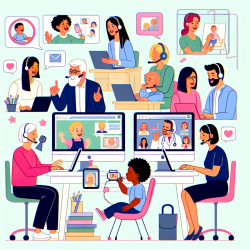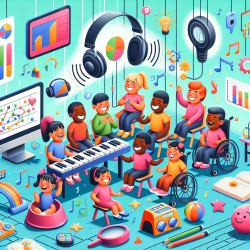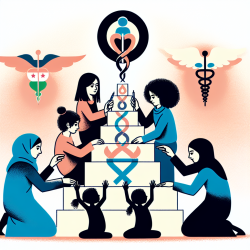Introduction
In the ever-evolving field of speech-language pathology, staying abreast of the latest educational methodologies is crucial for practitioners who aim to provide the best outcomes for children. One such methodology gaining traction is the concept of learning communities, as highlighted in the research conducted at Khalifa University College of Medicine and Health Sciences in Abu Dhabi. This blog explores how speech-language pathologists can harness the power of learning communities to enhance their practice, drawing insights from the implementation of the Falcon Learning Communities (FLCs) program.
Understanding Learning Communities
Learning communities are intentionally developed groups designed to promote and maximize learning. They are structured to foster collaboration, enhance teaching and learning, and create a sense of belonging among participants. The Khalifa University study underscores the success of learning communities in medical education, where they have been shown to improve professional development, mentoring, and overall educational outcomes.
Application in Speech-Language Pathology
For speech-language pathologists, the principles of learning communities can be applied to create more collaborative and effective therapy environments. Here are some ways practitioners can incorporate these concepts:
- Professional Development: Engage in or establish learning communities with fellow speech-language pathologists to share resources, strategies, and experiences. This can lead to improved therapy techniques and outcomes for children.
- Peer-Assisted Learning: Implement peer-assisted learning models where more experienced therapists mentor newcomers. This approach can enhance the skills of less experienced practitioners and create a supportive professional network.
- Inclusive Environment: Foster an inclusive environment in therapy sessions by involving parents, teachers, and other stakeholders in the learning process. This holistic approach can lead to better understanding and support for the child’s communication needs.
Benefits of Learning Communities
The implementation of learning communities in speech-language pathology can lead to numerous benefits, including:
- Enhanced Collaboration: By working together, practitioners can develop more comprehensive and effective therapy plans.
- Improved Outcomes: Children benefit from a more cohesive and well-rounded approach to their therapy, leading to better communication skills.
- Increased Professional Satisfaction: Being part of a learning community can reduce feelings of isolation and burnout, contributing to greater job satisfaction.
Encouraging Further Research
While the benefits of learning communities are evident, ongoing research is essential to tailor these models specifically for speech-language pathology. Practitioners are encouraged to engage in further research and contribute to the growing body of knowledge in this area. By doing so, they can help refine and adapt learning community models to better serve the needs of children with communication disorders.
Conclusion
Incorporating the principles of learning communities into speech-language pathology practice can significantly enhance the quality of therapy provided to children. By fostering collaboration, professional development, and inclusivity, practitioners can create a more supportive and effective therapeutic environment. To delve deeper into the original research, please follow this link: Implementation of Learning Communities at Khalifa University College of Medicine and Health Sciences, Abu Dhabi, United Arab Emirates.










